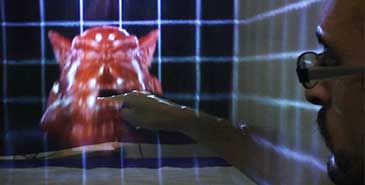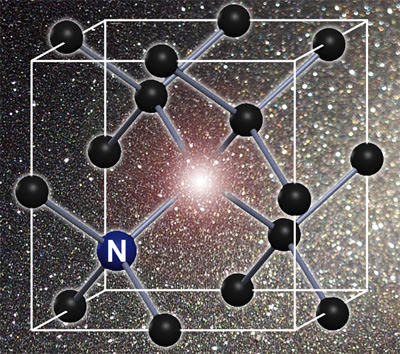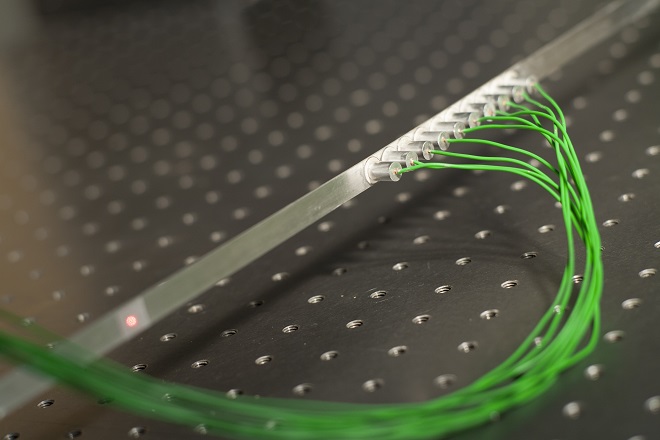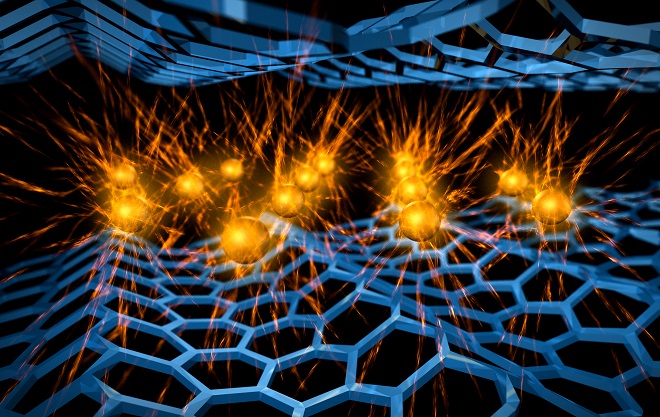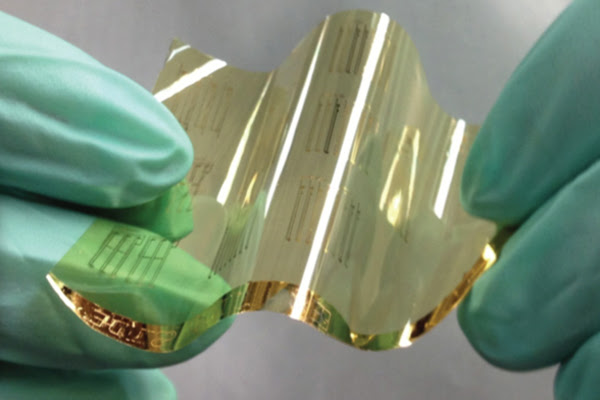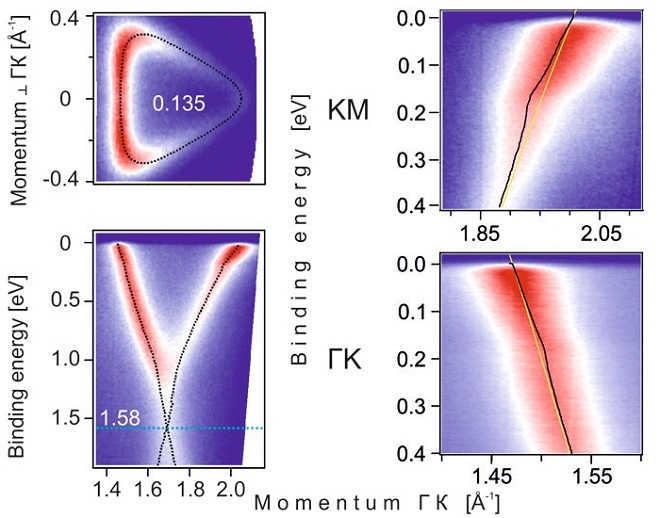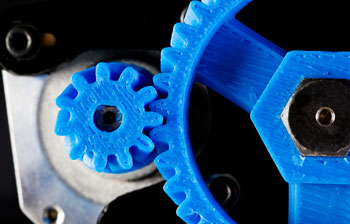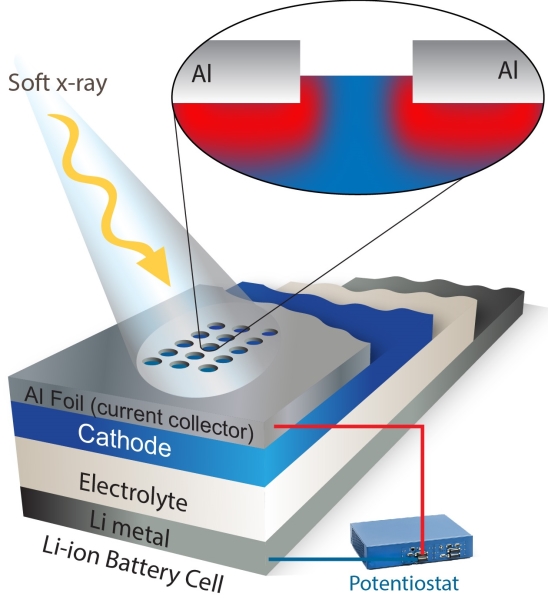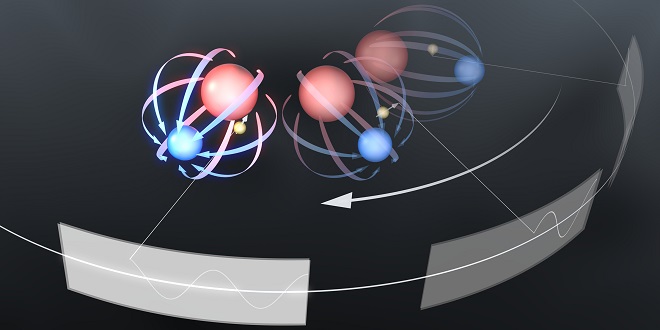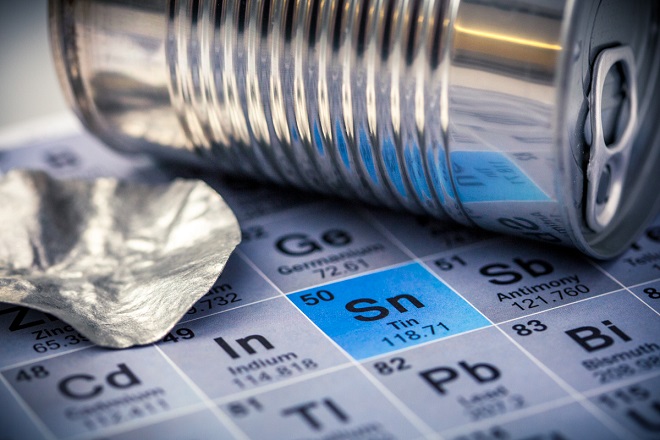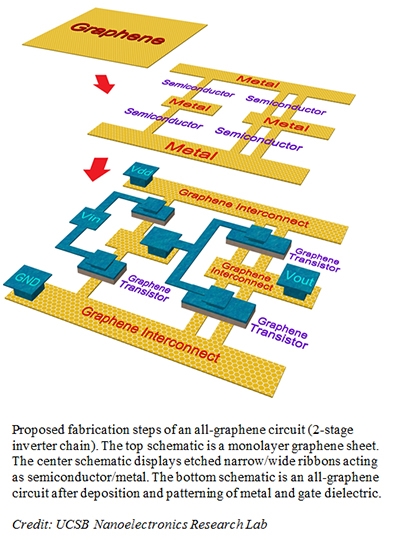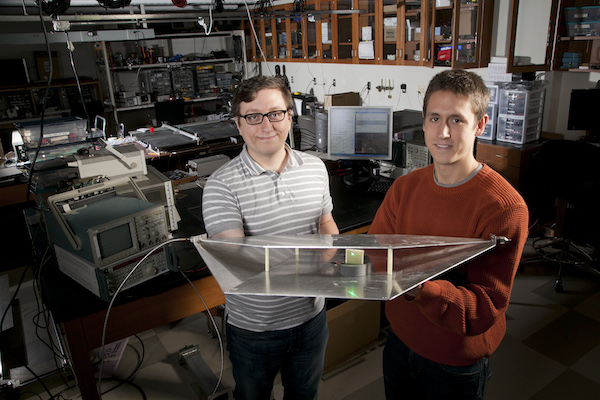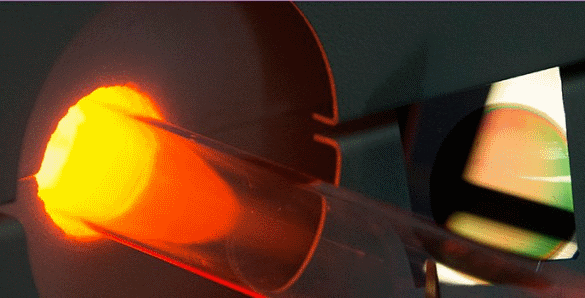
Sneak a peek through the mist to technology of the future
A tabletop display with personal screens made from a curtain of mist that allow users to move images around and push thr…
Read >>Colored diamonds are a superconductor's best friend
Flawed but colorful diamonds are among the most sensitive detectors of magnetic fields known today, allowing physicists…
Read >>Sheet metal that never rattles
First step towards “programmable materials“
Researchers from Empa and ETH Zurich have succeeded in producing a prototype of a vibration-damping material that could…
Read >>Scientists Discover Potential Way to Make Graphene Superconducting
SLAC, Stanford Study Identifies Long-sought Path Toward Engineering Materials for Super-efficient Nanoelectronics
Researchers used a beam of intense ultraviolet light to look deep into the electronic structure of a material made of al…
Read >>Stanford engineers make flexible carbon nanotube circuits more reliable and efficient
Researchers invent a process to "dope" carbon filaments with an additive to improve their electronic performance, paving the way for digital devices that bend.
A team at Stanford has developed a process to create flexible chips that can tolerate power fluctuations in much the sam…
Read >>Relativity shakes a magnet
Researchers from Johannes Gutenberg University Mainz demonstrate a new principle for magnetic recording / Publication in Nature Nanotechnology
Researchers have predicted and discovered a new physical phenomenon that allows to manipulate the state of a magnet by e…
Read >>How to make the wonder material graphene superconducting
Whenever a new material is discovered, scientists are eager to find out whether or not it can be superconducting. This a…
Read >>New ‘Pomegranate-inspired’ Design Solves Problems for Lithium-Ion Batteries
An electrode designed like a pomegranate – with silicon nanoparticles clustered like seeds in a tough carbon rind – over…
Read >>Solotronics: New quantum dots herald a new era of electronics operating on a single-atom level
New types of solotronic structures, including the world’s first quantum dots containing single cobalt ions, have been cr…
Read >>'Superlens' Extends Range of Wireless Power Transfer
Duke University researchers have demonstrated the feasibility of wireless power transfer using low-frequency magnetic fi…
Read >>Scientists Invent Self-healing Battery Electrode
Two Stanford, SLAC labs, one that studies next-generation lithium-ion batteries and another that's working on synthetic…
Read >>Titanium Powder used to 3D print automotive parts
A double world-first breakthrough in metal manufacturing
To date, the 3D printing revolution has focused on the use of plastics – cheap printers' feedstock and high throughput.…
Read >>New Spectroscopic Technique Could Accelerate the Push for Better Batteries
Method developed at Berkeley Lab’s Advanced Light Source measures electronic changes in a working battery electrode
A new technique developed at Berkeley Lab’s Advanced Light Source could help scientists better understand and improve th…
Read >>JILA Team Develops 'Spinning Trap' to Measure Electron Roundness
JILA researchers have developed a method of spinning electric and magnetic fields around trapped molecular ions to measu…
Read >>Nanotubes can solder themselves, markedly improving device performance
Carbon nanotubes are like tiny hollow wires of carbon just 1 atom thick – similar to graphene but cylindrical. Researche…
Read >>Will 2-D Tin be the Next Super Material?
Theorists Predict New Single-Layer Material Could Go Beyond Graphene, Conducting Electricity with 100 Percent Efficiency at Room Temperature
A single layer of tin atoms could be the world’s first material to conduct electricity with 100 percent efficiency at th…
Read >>Researchers Advance Scheme to Design Seamless Integrated Circuits Etched on Graphene
UC Santa Barbara researchers demonstrate seamless designing of an atomically-thin circuit with transistors and interconnects etched on a monolayer of graphene
Researchers in electrical and computer engineering at UC Santa Barbara have introduced and modeled an integrated circuit…
Read >>Wireless Device Converts “Lost” Energy into Electric Power
Using inexpensive materials configured and tuned to capture microwave signals, researchers at Duke University’s Pratt Sc…
Read >>New device stores electricity on silicon chips
It is the first supercapacitor that is made out of silicon so it can be built into a silicon chip along with the microel…
Read >>Fujitsu Develops Interference-Simulation Technology for Millimeter-Wave Radar
Use of simulations in the development and testing of interference-avoidance algorithms enables highly reliable automotive radar
The 76-GHz millimeter-wave band has come into widespread use for things like motor vehicle radar, although the 79-GHz ba…
Read >>
There are 141 articles in Tech & Electronics: Research
Tech & Electronics: Research Archive
